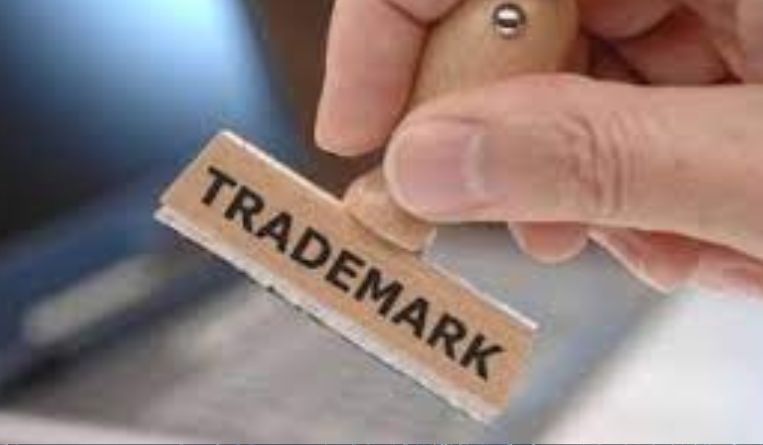Degree of protection for short word marks is low
05 October 2022

The degree of protection afforded to short word marks is low.
This is one of the key takeaways from The a2 Milk Company Limited v Société des Produits Nestlé S.A., according toYvonne Tang, director of intellectual property at Drew & Napier in Singapore.
The trademark case involved New Zealand-based dairy producer The a2 Milk Company which opposed the multinational food and beverage conglomerate’s trademark application before the Intellectual Property Office of Singapore (IPOS) for goods under Class 5 and 29. The trademark is composed of three parts: “S-26,” Pro-Atwo” and a circle around these two elements.
The a2 Milk Company, a registered proprietor in Singapore of several trademarks, argued that there will be likelihood of confusion among consumers regarding this mark and that of the opponent, which is “A2.”
Unfortunately, the Hearing Officer decided that the two marks are more dissimilar than similar, visually and aurally. She added that consumers do not view a trademark by looking at its different elements separately.

“Proprietors would therefore do well to deliberate if they are prepared to co-exist with a competitor’s mark that merely incorporates an additional letter or numeral, or that differs only by a single letter or numeral. If not, these proprietors ought to consider adopting a more suitable trademark, or be ready to adduce – in times of dispute – evidence of use which would go towards showing that the short mark has acquired distinctiveness,” said Tang.
“If successful, this could increase the degree of protection afforded to the short mark. This is because acquired distinctiveness is accepted to heighten the degree of technical distinctiveness, and a mark which has greater technical distinctiveness enjoys a high threshold before a competing sign will be considered dissimilar to it,” she explained.
Tang added however that at the time of writing, the law is unsettled as to whether acquired distinctiveness could be taken into account in the marks-similarity inquiry.
Another takeaway from the case, said Tang, is that evidence should always relate back to the consumers in Singapore, if it is to have probative value.
“It is noted that the Hearing Officer did not accept that ‘A2’ was a descriptive term, as the evidence presented did not assist her much in gauging the extent of awareness among the Singaporean public of the term ‘A2’ in relation to the goods in question,” she said.
- Espie Angelica A. de Leon






